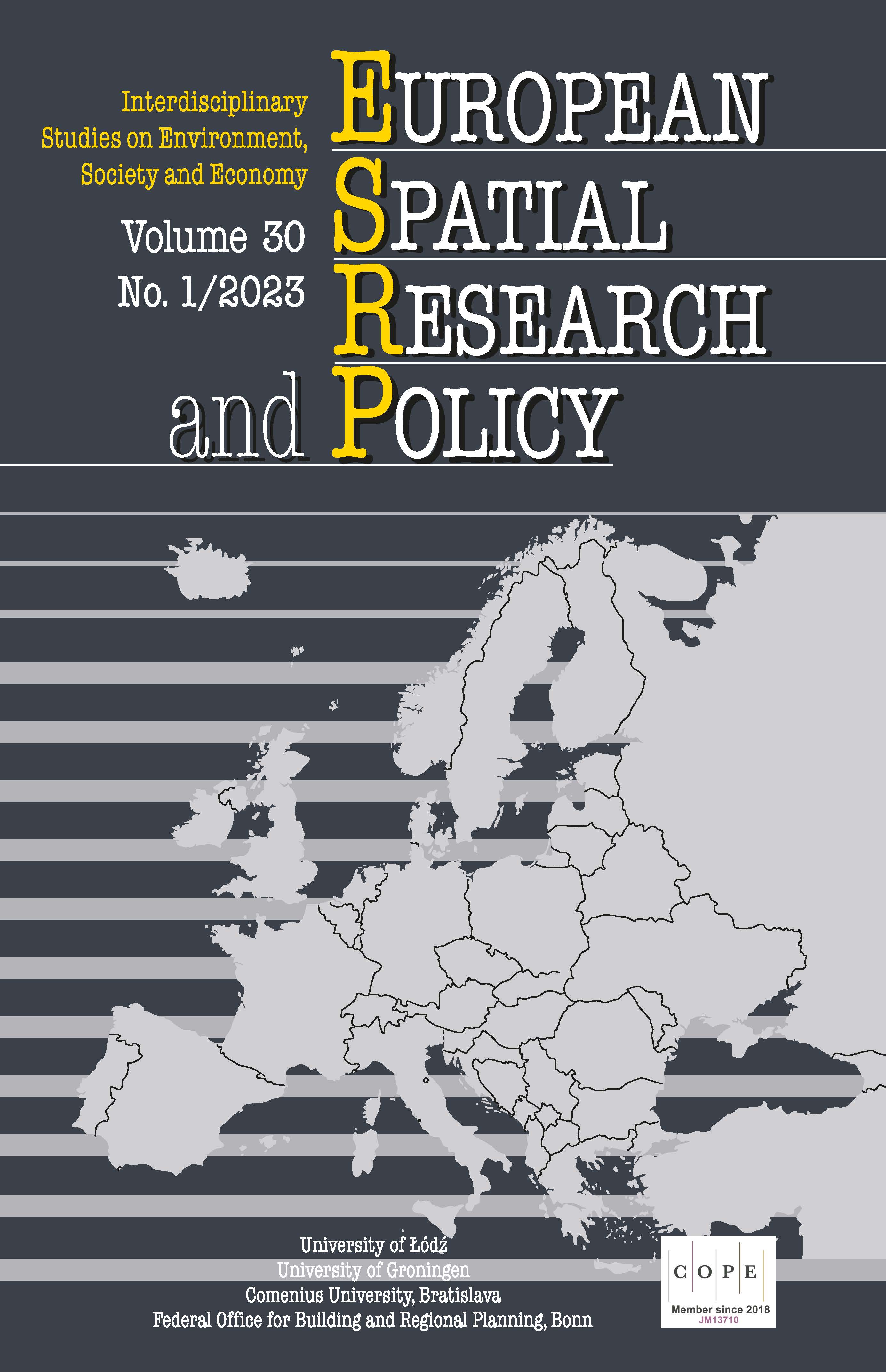Centres and peripheries reflected in distribution patterns of EU cohesion policy funding on the example of the Baranya county, Hungary
Centres and peripheries reflected in distribution patterns of EU cohesion policy funding on the example of the Baranya county, Hungary
Author(s): Zoltán PámerSubject(s): Social Sciences, Sociology of Politics
Published by: Wydawnictwo Uniwersytetu Łódzkiego
Keywords: multi-level governance;cohesion policy;place-based policy;peripheral areas
Summary/Abstract: The cohesion policy of the EU plays a key role in overcoming territorial disparities. The emergence of the policy was accompanied by a debate on a place-neutral or place-based approach. In the case of Hungary, the first fully implemented programming period of 2007−2013 and the still ongoing 2014−2020 period provide a good tool for comparison. Overall, the aim of the research was to provide an in-depth look into the change of territorial patterns of EU-funding distribution, on the example of the Baranya county, being part of one of the 20 least developed regions of the EU; how territorial patterns of EU funding changed between the two periods and how the county-level territorial objectives were reflected in the funding patters. The introduction of the paper provides a review of relevant literature on EU cohesion policy, then the selection of the Baranya county as a case study is justified. The following part shortly presents the framework of regional development in Hungary, highlighting the relevant documents for the case study county. The presentation of the empirical study is divided into two parts. First, as qualitative research perceptions of the stakeholders of the key levels of regional policy decision-making are analysed. Second, a quantitative analysis of the territorial funding patterns of the two periods is presented, in light of established territorial objectives.
Journal: European Spatial Research and Policy
- Issue Year: 30/2023
- Issue No: 1
- Page Range: 37-54
- Page Count: 18
- Language: English

